Industry insiders say that “natural,” “human grade,” and “organic” canine foods are the next big thing in the pet food market. Let’s examine the meaning of these terms as they pertain to canine nourishment. Because “natural” has never been defined by the government in reference to human goods, it can mean anything the producer wants it to. The Association of American Feed Control Officials (AAFCO) has, however, established a classification for pet foods:
While only a select few manufacturers make human-grade claims on their food labels, the word is used liberally by many in-store and online. For instance, Newman’s Own Organics uses a question-and-answer style to explain whether or not their products are safe for human consumption: “Q: Does Newman’s Own Organics use human grade materials? A tag or label would have been handy. Answer: Natural chicken and organic grains are just two examples of the human-grade components used in Newman’s Own Organics organic pet food. The AAFCO Board…forbids the use of the term “Human Grade” on pet food containers.
What exactly do we mean when talking about organic cat food? The United States Department of Agriculture’s National Organic Program clearly defines “organic” for human meals. (NOP). Plant ingredients in pet foods must be produced without using synthetic pesticides, artificial fertilizers, genetic modification, irradiation, or sewage sludge to be labeled as “organic.” Ingredients derived from animals must be from animals fed organically, allowed access to the outdoors, and not given any synthetic growth promoters or medicines.
Producers will need to be checked to ensure they are meeting these criteria. (Note: Even if they are inspected, whether the standards are good enough is a separate question- see below regarding GMO animal feed.)As of 2002, the NOP still had not figured out a way to include pet foods in the organic regulations. They convened a task committee in 2005 to look into this, and their conclusion was that organic standards for humans should be applied to pet foods.
Natural Dog Food
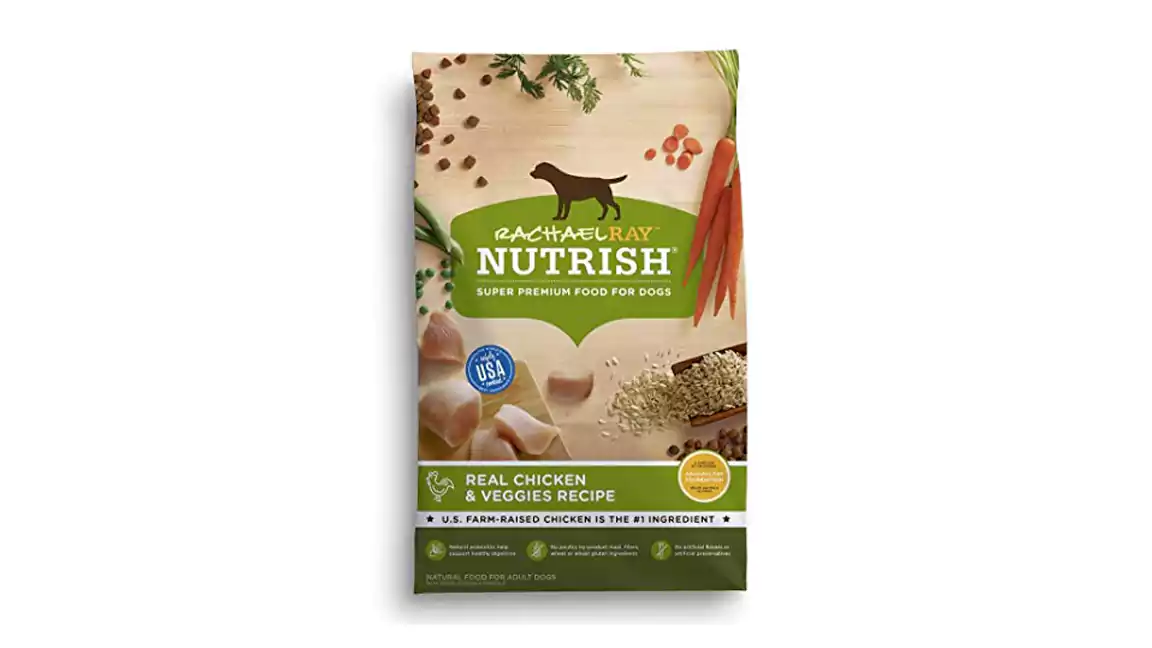
But there are many highly rated natural dog food brands on the market, such as Blue Buffalo, Wellness, Taste of the Wild, Merrick, and Orijen. It’s important to choose a natural dog food that is well-balanced, complete, and meets your dog’s unique nutritional needs based on its age, breed, and activity level. It’s also important to look at the list of nutrients and avoid dog food that has fillers, by-products, or artificial preservatives, colors, or flavors. Your vet is the best person to talk to about what the best natural dog food is for your furry friend.
Organic Dog Food is not Well-Regulated.

The United States Department of Agriculture (USDA) has not yet defined “organic” as it applies to pet foods, so the Association of American Feed Control Officials (AAFCO) sets the standards for the National Organic Program (NOP), and the individual states are supposed to regulate them. This is one of the main problems with buying your dog organic food.
An “Organic Dog Food” Label Can Be Misleading.

According to the National Organic Program’s rules, dog food must contain at least 95% organic ingredients in order to earn the label “organic.” If at least 70% of the ingredients in the dog food are organic, the label can state it is “made with organic ingredients.” Now comes the difficult part: Since no governing body requires proof of the pet food health claims, companies can state they are organic even if their food does not contain organic ingredients.
Organic Dry Dog Food

Organic dry dog food uses high-quality, natural components grown without synthetic fertilizers, pesticides, or other toxins. Verified organic dry dog chow has no artificial preservatives, colors, or flavors. Organic dry dog chow is balanced with proteins, vegetables, and fruits. Look for artificial chemicals and fillers in organic dry dog food. Discover the nourishing benefits of natural dog food, crafted with wholesome ingredients to support your furry friend’s well-being. You can start by, treating them to natural delights. you can consider pork pizzles and bully sticks for dogs, providing both nutrition and irresistible flavor. Vets recommend the best organic dry dog chow.
It May be Organic, but still not Healthy for Dogs.

Unfortunately, the term “organic” is not synonymous with “healthy” when it comes to canine food: Organic ingredients may have been used, but the food may have been extensively processed to increase its shelf life. (thus stripping them of their nutritional value.) And according to Kansas State University’s Pet Food Program Coordinator and Research Associate Professor Greg Aldrich, Ph.D., it’s tough to get your hands on the raw ingredients needed to make a genuinely organic pet food while still adhering to the AAFCO guidelines. This means that the food may be pure but still lack essential nutrients.
Organic Dog Food is Expensive and you May be Paying More Unnecessarily.
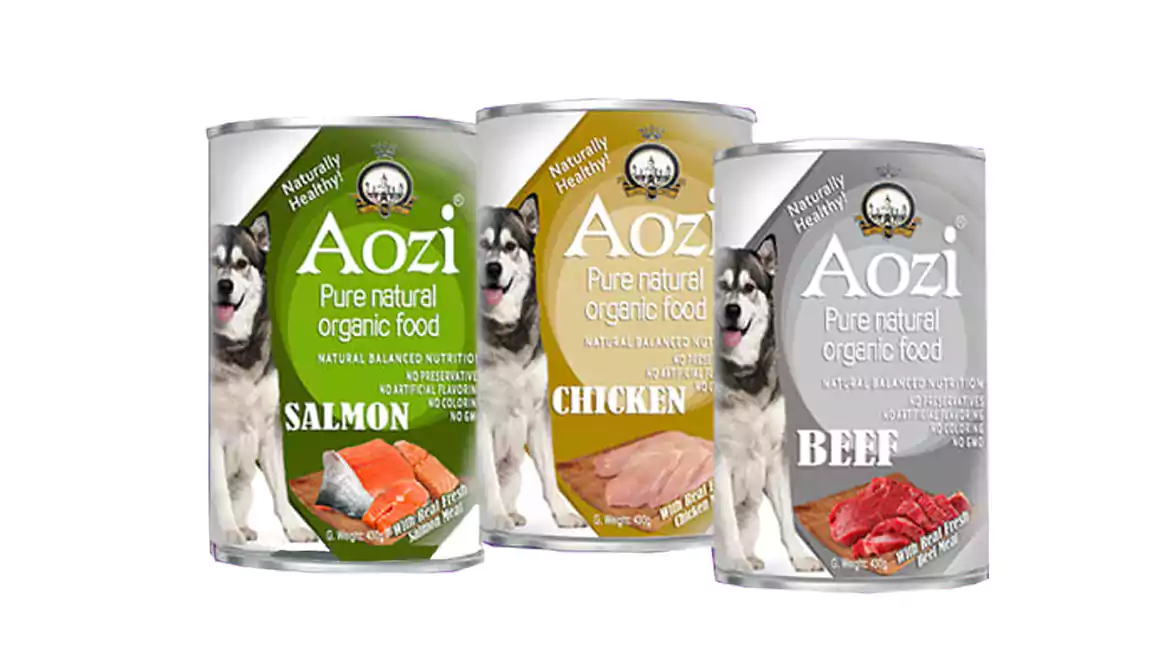
In order to make the canine food seem more valuable (and to charge you more! ), the word “organic” is frequently used. However, some organic brands still use chemicals and preservatives in their food due to the lack of stringent rules in the commercial dog food category. Some people will use the organic label to hide less-than-honest components. It’s possible that you’re overpaying for cuisine that isn’t particularly good. In contrast, the AAFCO Dog Food Nutrient Profiles for All Life Stages serve as the basis for every Betterpetlife dog food formulation and guarantee that only whole, fresh ingredients are used.
Organic Ingredients aren’t Necessarily Better for Dogs
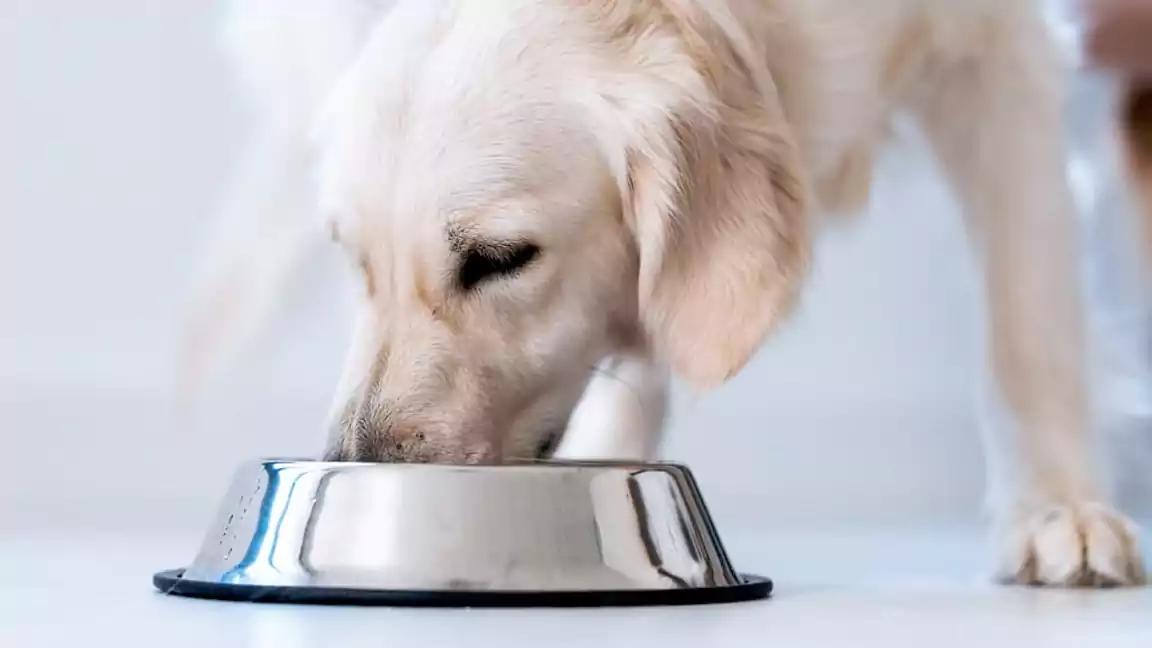
There are “no documented positive nutritional, health, or safety benefits to organic,” as Aldrich puts it when discussing dog food. Organic ingredients in a dog’s diet have not been the subject of as much study as grains, raw food, and individual ingredients. So, the jury is still out on whether or not organic dog chow is better for canine health.
What do we know? You should prioritize feeding your canine a diet that is both healthy and balanced nutritionally. Would you rather have a fresh salad with components that aren’t all organic, or organic gummy bears? Exactly. The purpose of the Betterpetlife site is to educate dog owners on how to promote a more positive lifestyle for their pets. Visit Betterpetlife.com to learn more about our human-grade, freshly prepared pet food.
Benefits of Organic Dog Food
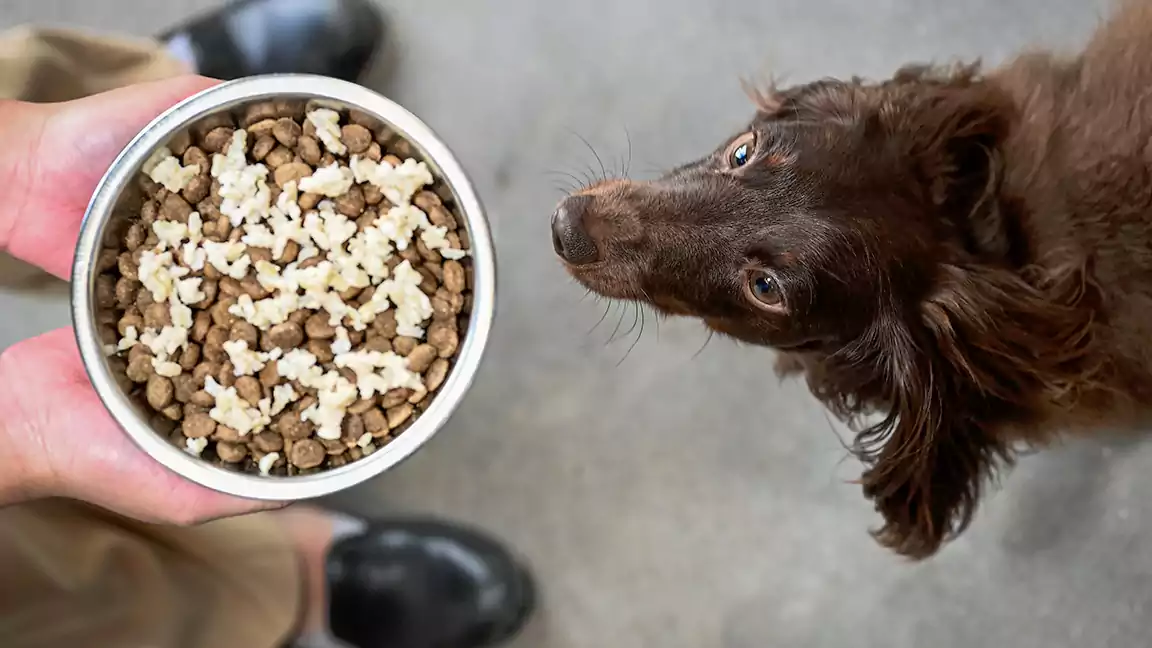
Dog owners are jumping on the organic food trend for their pets for a number of good reasons. Included in this group are:
Better Overall Health
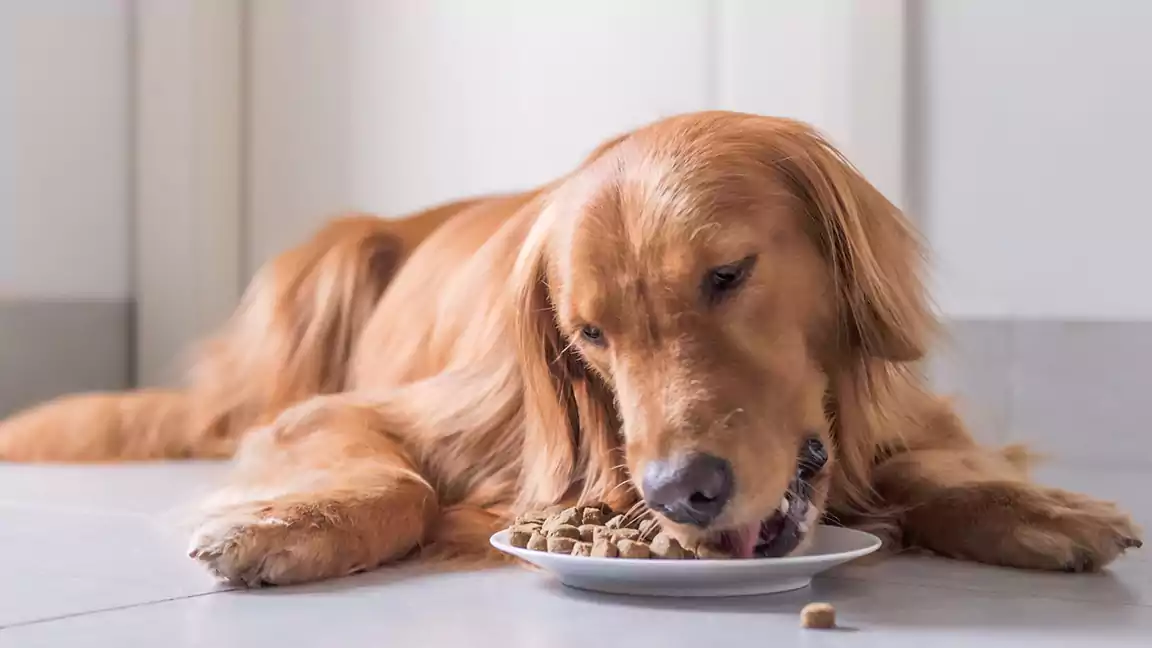
Your dog’s health will improve as his diet gets better, sometimes dramatically. Changing your dog over to organic dog food may help better its health if it has been ill. Possible areas of growth for your dog: Reduction in gastrointestinal problems, Enhanced resistance to infection; Enhanced vitality; Allergies banished. The general state of your dog’s health will improve, as will his or her quality of life.
Prevention of Diseases

Canine illnesses are often caused by nutritional deficiencies. Dogs are susceptible to illness when they are undernourished or when they are exposed to harmful substances, additives, or toxins. Heart disease, diabetes, and cancer are just a few examples of diet-related illnesses. The carcinogenic effects of pesticides are well-documented. Damage to the dog’s organs from eating commercially and genetically changed food could lead to the development of cancer.
Over time, feeding your canine highly processed dog food can lead to a variety of minor health problems. Dogs that consume commercially processed dog food are at increased risk for gastrointestinal problems, urinary tract infections, skin infections, and even tumors. If you feed your canine high-quality organic food, you can lessen the likelihood that it will contract these diseases by limiting its exposure to pesticides and processed ingredients.
Weight Control

These days, it’s common practice for dog owners to overfeed their canine companions. Obesity is linked to a wide range of medical issues. To name a few: canine diabetes, canine organ failure, and canine joint issues. Organic dog food is better for your dog because it includes fewer fillers.
Reduces Allergies

Many canines develop dietary allergies because their food contains artificial additives, chemicals, or preservatives. Some ingredients, like corn, are more likely to cause an allergic reaction in your canine than others. Corn is a staple in many brands of canine food. Symptoms of dog allergies include itchy skin, inflammation, and an upset stomach, all of which you presumably want to avoid at all costs. Because it lacks any synthetic ingredients, additives, chemicals, or preservatives, organic dog food lessens the likelihood that your canine will acquire a food allergy.
Better Digestion
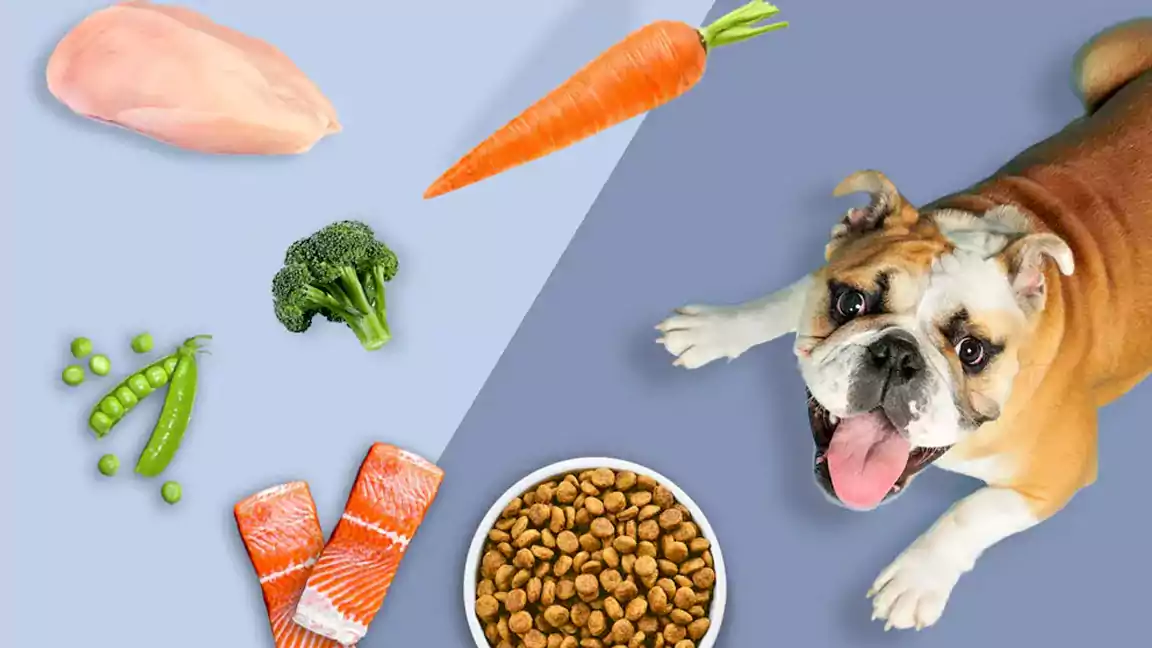
Due to the lack of artificial ingredients and fillers in organic pet food, your dog will be able to more easily digest and absorb the nutrients it needs from the food it eats. This will result in less waste from your pup.
No Animal by Products
As we’ve already established, fillers like corn aren’t fantastic for your dog. If you want to make sure your dog receives all the nutrients it needs, you should look for products that don’t contain by-products. Organic canine food containing protein sources like chicken and seafood is ideal.
Disadvantages of Organic Dog Food
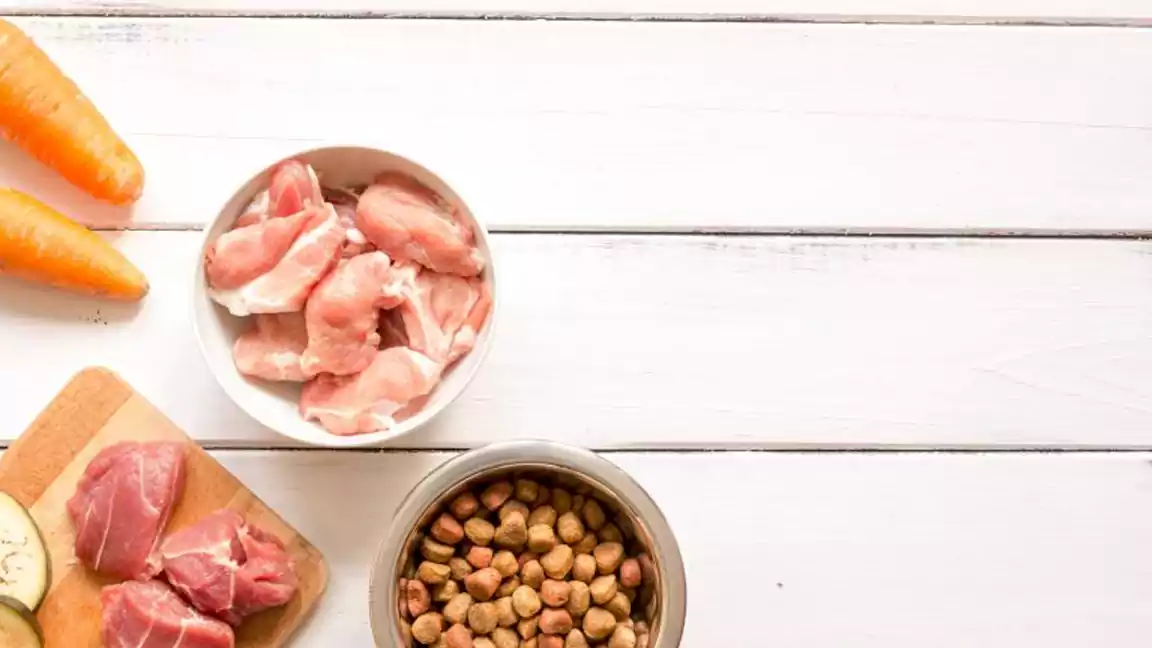
Organic dog food isn’t without its drawbacks. To name a few:
Cost
The high price of organic canine food is a major deterrent for some people. Growing or raising the components for organic food is more costly. Your food package’s final price will represent these costs, which will be passed on to you.
Availability of Organic Dog Food.
Finding genuine organic dog food requires a trip to a pet shop, a special order, or some detective work on your part before making a purchase online. Finding organic pet chow in a regular supermarket is an extremely remote possibility.
The Best Organic Dog Food Replacements

It’s important to exercise caution when picking out organic canine food. A lot of stuff out there will say it’s organic when it’s really just natural. Always carefully read product labels before making a buy. Superior Blend Beef, Lamb & Mackerel by Petcubes is an excellent alternative to organic dog food if you either can’t locate it or can’t afford it.
Despite not being entirely organic, it does contain organic fiber. Organic blueberries, marine kelp, and spinach are all included. There are no artificial flavors or preservatives in this food, so it’s safe for your canine to eat. One plus is that the price is reduced because it is not 100% pure. If you’re set on getting completely organic, you can always start with some organic dog treats and chews. Bring your canine into it slowly.




